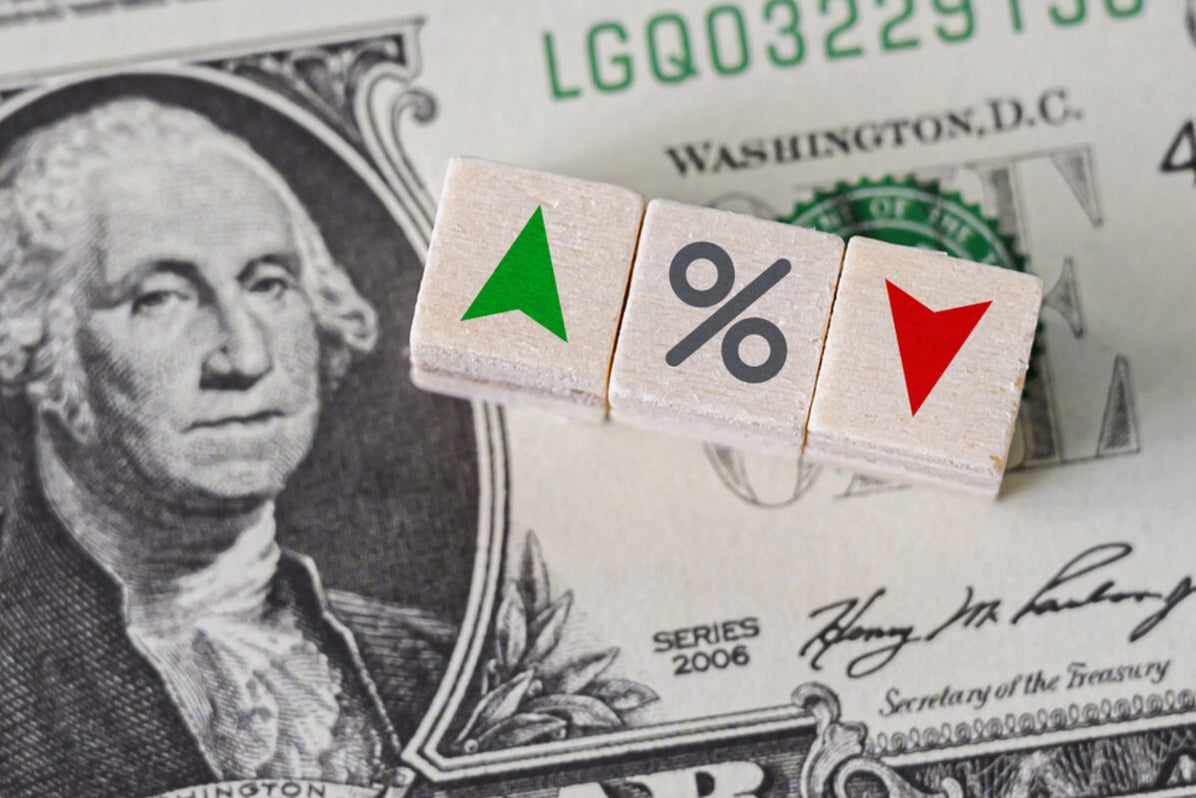U.S. consumer prices defied expectations in November by not showing any significant increase, including underlying inflation that excludes food and energy prices. This data supports the notion that the Federal Reserve (Fed) is unlikely to implement rate cuts early next year.
The release of the consumer price index coincided with the start of a two-day meeting by the Fed, during which they will make a decision on interest rates and provide new economic forecasts for the next quarter.
According to the U.S. Bureau of Labor Statistics, the consumer price index (CPI) experienced a modest 0.1 percent increase last month, following no change in October.
Over the 12-month period leading up to November, the index saw a 3.1 percent rise, slightly lower than the 3.2 percent increase in October.
Read more: Dollar stabilizes as traders await Federal Reserve’s guidance
Economists surveyed by Reuters had predicted an unchanged index for
November and a 3.1 percent year-over-year increase.
Although consumer prices have slowed compared to the peak of 9.1 percent in June 2022, inflation remains above the Fed’s target of two percent.
When excluding the volatile food and energy components, the CPI rose by 0.3 percent in November, compared to a 0.2 percent increase in the previous month.
Unemployment dips
This report follows the release of data on job growth in November, which showed a decrease in the unemployment rate from 3.9 percent in October to 3.7 percent, the lowest level in nearly two years.
It is widely expected that the Federal Reserve will maintain steady interest rates at its final meeting of the year, making Federal Reserve Chair Jerome Powell’s remarks particularly significant for investors.
The Fed raised interest rates by 525 basis points to the current range of between 5.25 percent and 5.50 percent since March 2022.
Expectations of investors
Investors expect central bank governors to begin reducing borrowing costs during the first half of 2024, although officials are trying to keep their options open.
Following the release of the data, U.S. stocks rose in volatile trading, while the dollar fell.
In contrast, crude oil prices have slumped due to fears of declining global demand, although the U.S. economy appears strong enough to withstand the Fed’s restrictive policy, for now.
For more news on the economy, click here.








